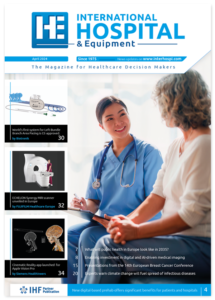Non-traditional donor lungs appear safe for transplant
Lungs from donors whose cause of death was asphyxiation or drowning can be safely transplanted into patients with end-stage lung disease.
Patient survival rates were not affected when lungs from cases involving asphyxiation and drowning were used.
The researchers note that if centres wanted to expand their individual criteria for donation, they could successfully expand their donor pool.
‘For most patients with end-stage lung disease, transplant offers the only hope for survival, but there is a critical organ shortage, especially for patients on the lung transplant list. Increasing the potential donor pool would help reduce the number of patients who die while on the waiting list and help expand this lifesaving treatment to those who need it,’ said Bryan A. Whitson, MD, PhD, from The Ohio State University Wexner Medical Center in Columbus.
Dr. Whitson and colleagues searched the United Network for Organ Sharing (UNOS) Standard Transplant Analysis and Research registry for lung transplants from 1987 to 2010 and assessed the association between donor cause of death and recipient survival, focusing on asphyxiation or drowning as the cause of death. Lungs from donors who died from asphyxiation or drowning are not routinely utilised because of potential damage sustained by the organs.
The researchers found 18,250 adult primary lung transplants, including 309 cases that involved asphyxiation or drowning. They also found that although the hospital stay was slightly longer (0.8 day) for recipients of lungs from asphyxiation or drowning deaths when compared with patients who received lungs from all other causes of donor death, survival rates were the same and there were no differences in treatment for rejection within the first year, post-transplant dialysis, or post-transplant stroke. Elsevier

